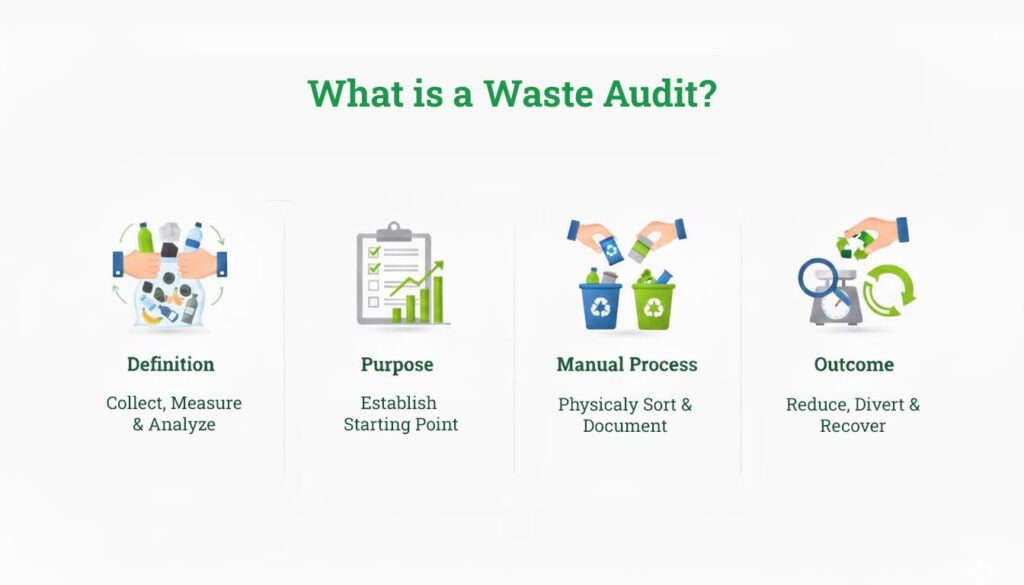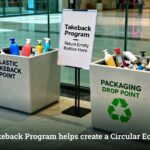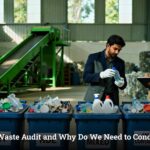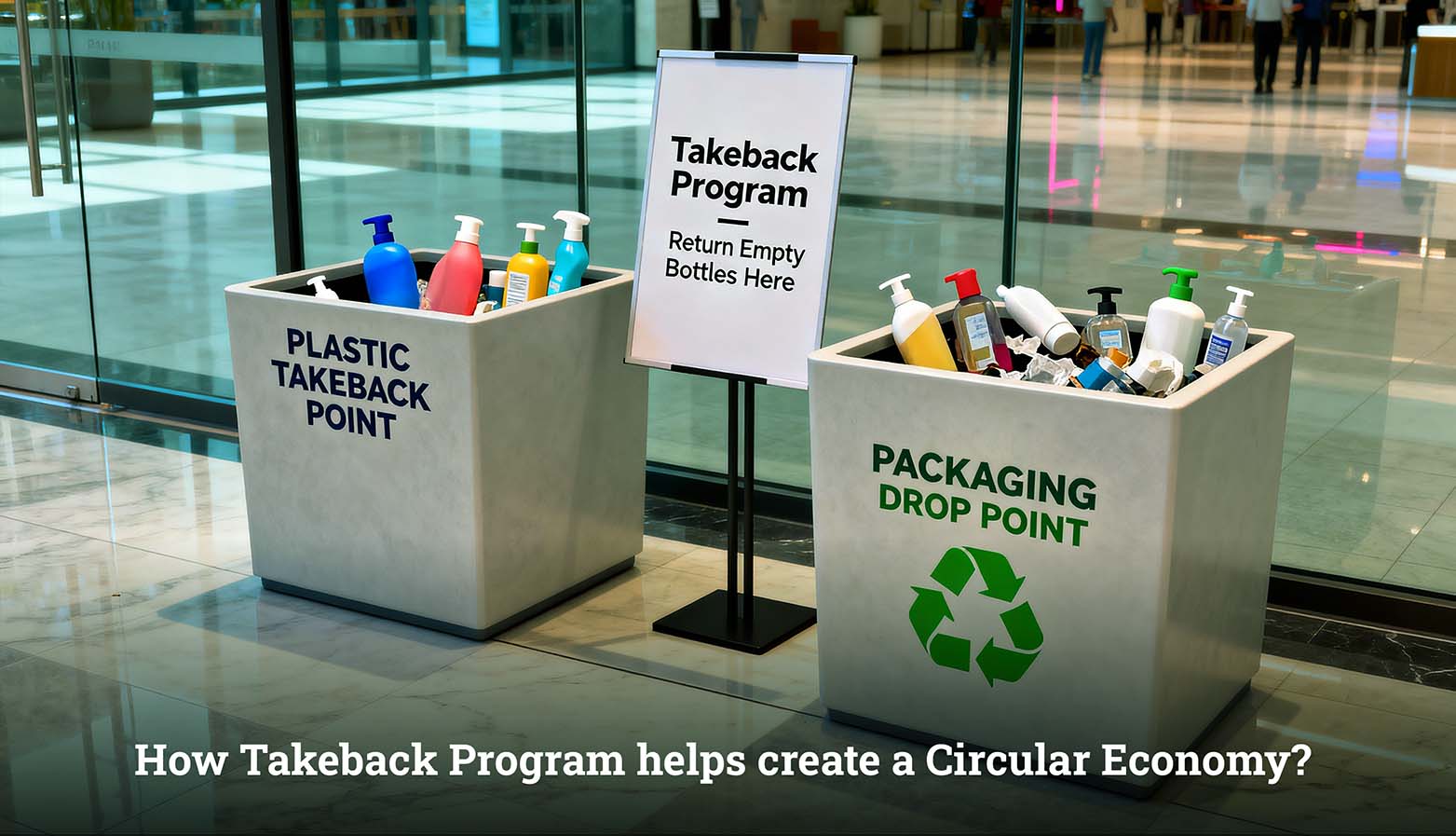In the pursuit of a true circular economy, efficiency, transparency, and data precision are paramount but the informal character of the global waste streams frequently complicates the process of tracking materials. This is where the waste audit comes in as the necessary resource management diagnostic tool. A waste audit is an in-depth, regular examination of the waste stream within an organization which entails the physical sorting, weighing, and classifying of the waste materials disposed within an organization in a given timeframe. In the case of recycling companies, where sustained and high-quality feedstock is a key requirement, a comprehensive waste audit is not just a good practice recommendation, but it is also a business requirement and a strategy to grow. It offers verifiable and granular data, which shows the exact types of materials that get discarded, in what volumes, and, most importantly, discover the sources of contamination. Recycling processes are not made based on fact as outlined by this quantitative evidence and this results in inefficient processes, loss of invested capital and low rates of recovery of the material. A properly implemented audit of waste helps companies to streamline their logistics of collection, re-calibrate processing devices, and even impact on design-to-recycling dialog with brand partners. Creating a distinct, fact-based benchmark of what waste is, or what waste has been, the waste audit is the major tool of measuring the effectiveness of any new sustainability program or Extended Producer Responsibility (EPR) program, making the anarchy of trash into a forecastable, useful feedstock of manufacturing.
Introduction
The world is steadily increasing the demand for recycled content, however the supply of the material- the waste stream is unpredictable and extremely contaminated. In order to close this gap between the need in the market and the quality of material, recycling companies have to implement scientific approaches. This is the reason why it is important to learn to audit waste. A strategic audit waste process transfers the recycling management to not being just a guesswork but data-driven decisions, where companies can know where their material value is going to waste and how to redirect this back into the economy. The regular waste audit will provide an opportunity to constantly improve and verify compliance initiatives.

What is a Waste Audit?
The process of collecting, measuring and analysing the contents of a waste stream in a given time is known as a waste audit. It is also known as a garbage audit, whose primary goal is to have a measured starting point of what a facility, city, or collection point discarded. It is not just peering into the bin; it is a sort of procedural, manual procedure of physically separating and documenting data in detail. The information gathered on a garbage audit is the weight and volume of each material type (paper, glass, plastic type, organics, etc.) and the disposal route in which it is currently being disposed of. The final aim of a garbage audit is to identify the opportunity of waste reduction, diversion, and material recovery, minimizing the economic and environmental expense of discarding (The Global Citizen, 2024).
How to Conduct a Waste Audit?
When a trash audit is initiated, care and protection is necessary. Trash audit consists of determining the extent, i.e. does the audit include all wastes of a large industrial facility, output of a given neighborhood, or left overs of a Material Recovery Facility (MRF). Safety equipment (PPE) is required before starting the audit of trash. The sample size and the sampling period should be statistically representative such that the results of the trash audit are valid and practical and can be used to form a reliable basis to all the further plans of managing waste.
Step-by-Step Process of a Waste Audit
An effective waste management audit has a specific order of steps to be observed so that all data are properly captured and analyzed:
1. Define Scope and Objectives
Clearly define the scope of waste management audit (e.g. all the manufacturing waste, or post-consumer residential waste) and establish some measurable objectives (e.g. decrease residual contamination by 10%). Decide on the length of the sampling.
2. Collection and Sampling
Take up a representative sample of waste within the stated period. This sample plays a vital role; it should reflect the normal material flow (which may be a daily or weekly material flow) well.
3. Physical Sorting and Categorization
This is the most labor intensive component of the waste management audit. The gathered resource is sorted by hand into specific groups (e.g., PET, HDPE, PP, non-recyclable plastic, paper, metal, organic waste).
4. Documentation and Weighing
Every category that is segregated is weighed and the weight documented as a standardized form. This information gives the distribution of the total waste stream percentage.
5. Data Analysis and Reporting
The data of the waste audit process is processed in order to define the main findings, including the greatest source of contamination, the most common discarded material, and the economic value of resources that can be recovered.
6. Action Plan Development
Action plans are drawn based on the findings of the waste audit process report, i.e. it may be to change the positioning of the bins, alter sorting procedures or to concentrate on certain material collection programs.
Benefits of Conducting a Waste Audit
The benefits gained through an expert waste audit go well beyond mere compliance, and a considerable operational and financial pay-off to recycling and manufacturing firms.
Discovering Cost Savings
With a waste audit, materials that are sent to be discarded may be discovered to have been sold or processed to give an immediate cost-saving in hauling costs and revenue source.
Enhancing Recycling Quality
A plastic audit can help recyclers achieve a better sort and clean through quantification of contaminants resulting in a higher quality feedstock (Post-Consumer Recycled, or PCR) and improved market.
Compliance with EPR Requirement
In brands falling under Extended Producer Responsibility (EPR), a specific plastic audit is necessary to ascertain the effectiveness of the collection schemes and the authenticity of recycled material content allegations.
Driving Design Change
The information available through a routine plastic audit gives manufacturers concrete information as to what sorts of packages (e.g. multi-layered films) are non-recoverable and must be subject to appropriate changes to design it to be recycled.
Checking and Openness
A professional waste audit will present the verifiable information that can be used to address greenwashing and indicate the real interest in circularity (Waste Management Review, 2023).
Why is Banyan Nation one of the Leading Waste Audit Companies in India?
Banyan Nation stands out as one of the leading and innovative waste audit companies that focuses on waste audit business unlike other traditional waste audit firms by integrating the best waste audit methodology with unique technology and unmatched street performance.
1. Data-Driven Attention to Plastic
As a technology-based recycler, we handle the plastic waste audit, which gives us the material breakdown (PET, PP, HDPE, and so on) needed to make high-value decisions in recycling, unlike the general waste audit companies.
2. Combined Solution
We do not simply give out a report, we are a CPCB-registered recycler. Our waste audit and consultancy services are directly based on our recycling operations i.e. we can audit our waste, give a solution to it and the following step is to take the physical collection and process.
3. Traceability technology
Our audits will be combined with our traceability system where the waste streams that are found to be valuable can be traced through the point of audit up to processing and integration into new products using PCR. This is the highest standard of waste audit and consultancy verification.
4. EPR Compliance Skill
Our waste audit services offer PIBOs (Producers, Importers, Brand Owners) to achieve their EPR targets in the right manner and give them the required verifiable evidence of material recovery that regulators would expect them to have.
Conclusion: Building a Circular Future Through Effective Waste Auditing
A switch to the circular economy is a data challenge. The waste audit is the process that converts ambiguity into intelligence to action and shows the value of the discarded resources. Recycling businesses and brands can no longer afford the habit of guessing; by adopting the concept of professional waste audit services they can now measure the tonnes, and make sure that not a single scrap of material goes to waste. Banyan Nation gives the knowledge and the combined solution to transform the waste audit into the cornerstone of the traceable, transparent, and lucrative recycling future.
FAQ's
Why are waste audits important?
Calculating carbon credits involves determining the difference in greenhouse gas emissions between a project scenario (where the emission reduction/removal activity takes place) and a baseline scenario (what would have happened without the project). This often requires complex methodologies, emission factors, and monitoring over time, all of which are subject to rigorous verification by independent bodies.
What is a waste audit report?
Carbon credits are issued by various independent standard-setting bodies and registries, such as Verra (which oversees the Verified Carbon Standard – VCS), Gold Standard, and the American Carbon Registry (ACR), among others. These bodies establish the rules and methodologies for projects to generate verifiable credits.
What is the main objective of waste audit?
One carbon credit is equivalent to 1 metric tonne of carbon dioxide equivalent (tCO2e). Since 1 metric tonne equals 1,000 kilograms, 1 carbon credit represents 1,000 kilograms of CO2e.
What is another name for a plastic waste audit?
Yes, absolutely. For a holistic sustainability strategy, businesses can and often should use both plastic and carbon credits to address their varied environmental impacts, from greenhouse gas emissions to plastic waste generation.
Making recycled packaging the norm.
CITATIONS:
- Environmental Protection Agency (EPA). (2024). Conducting a Waste Audit. Retrieved from: https://www.epa.gov/waste/conducting-waste-audit
- The Global Citizen. (2024). The Importance of Waste Auditing in Sustainable Development. Retrieved from: https://www.globalcitizen.org/en/content/waste-audits-sustainability-development/
- Waste Management Review. (2023). Waste Audits: The Key to Efficient Resource Management. Retrieved from: https://www.wastemanagementreview.com.au/waste-audits-the-key-to-efficient-resource-management/


 What is Takeback Program & Their Role in Building a Circular Economy
What is Takeback Program & Their Role in Building a Circular Economy What Is a Waste Audit and Why Should Recycling Companies Conduct One?
What Is a Waste Audit and Why Should Recycling Companies Conduct One? How Greenwashing Affects Plastic Recycling?
How Greenwashing Affects Plastic Recycling? What is Polypropylene Plastic?
What is Polypropylene Plastic? Why Choose Banyan Nation as your EPR Consultant in India?
Why Choose Banyan Nation as your EPR Consultant in India?

